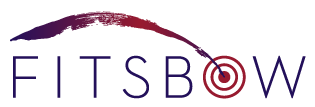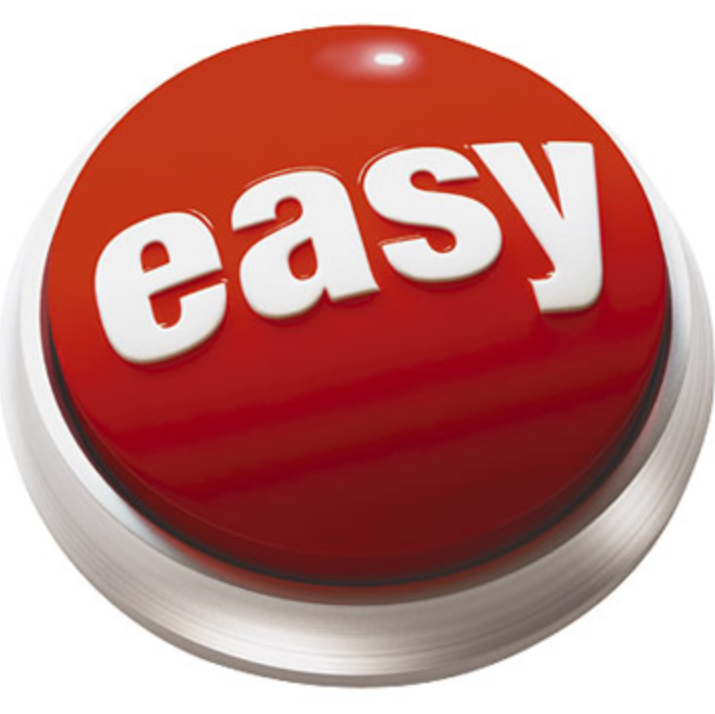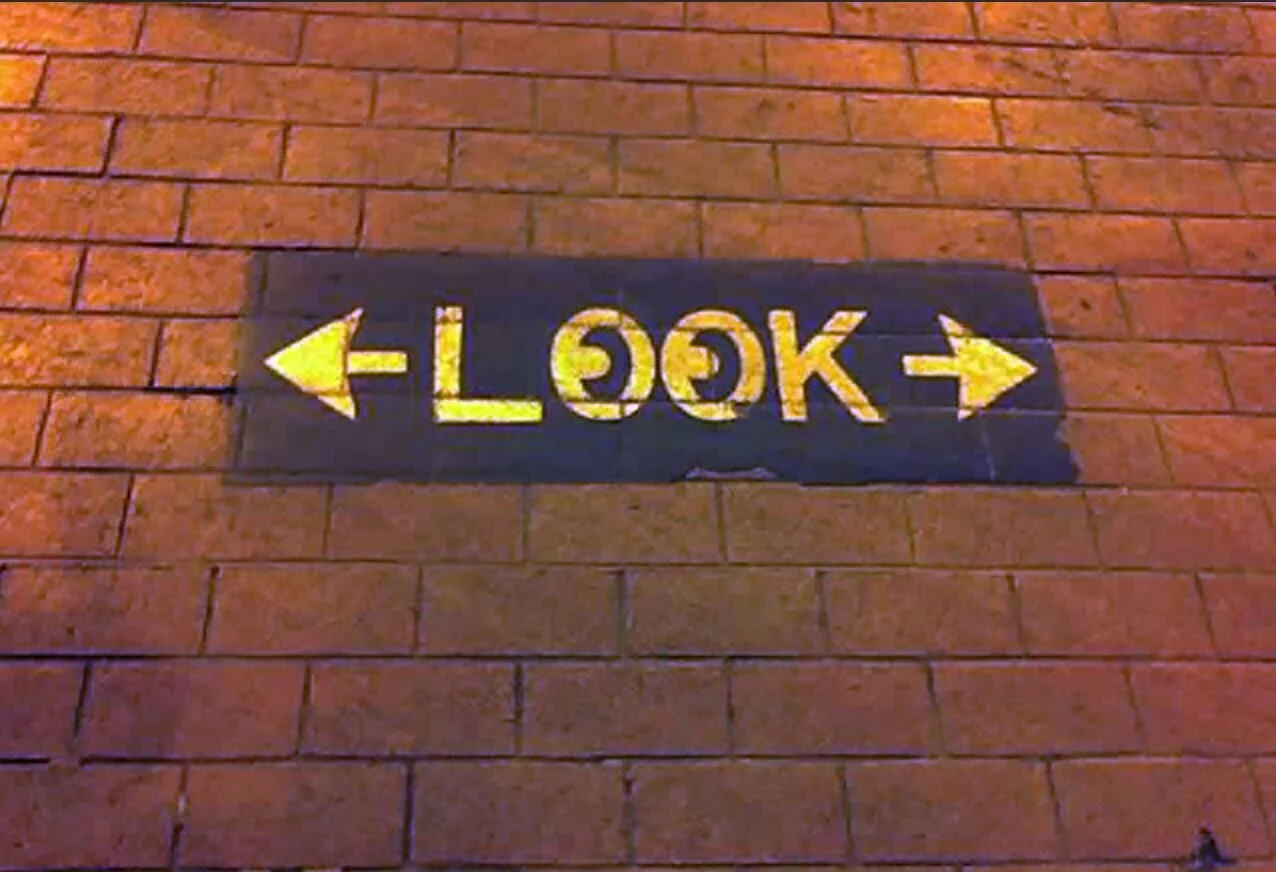Build Yourself a Great Career—Element One--Values
/Much is made these days about what it takes to build a great career. There are lots of ways to consider this question and engage in the conversation. Based on my 25 years of experience (my “10,000” hours) in working with professionals considering this question of “what it takes” to build a great career I have developed a framework to guide you in being intentional about what you do to achieve and maintain career success and satisfaction. It has been fun to refine and polish this model in the Professional Development class I am teaching at Seattle University.
The Framework includes six elements--Values & Growth, Ratios & Relationship, and Strengths & Contributions. This is the first in a series of publications examining each element and providing resources for you to use as you choose to be intentional in your career management.
VALUES. Start with a firm foundation.
What matters most to you?
What are your core values? Begin with understanding your own values and how they influence your decisions. Connecting back to your values consistently will ensure that you remain aligned with what is most important to you. An exercise that I use is a Managing with Values worksheet that was adapted by my colleague Martha Duesterhoft and slightly modified by me. You are welcome to email me to ask for this worksheet if you are interested. There are also online Values assessments many of which are based on work originally done by Milton Rokeach
How do your values inform your decisions? Sometimes the practical realities of life dictate where we work and the choices we make as we align with our values and choose what is accessible to us at given points in the life span of careers. Family relationships came first when I made the choice to leave IBM to stay home even though the practical reality meant changes from two incomes to one impacted our lifestyle. The flexibility to put the meaningful relationships first has been a primary decision driver for me. A decision support tool can be used to evaluate different choices. You name your decision drivers (like flexibility), give each a weight and then assess each option on each factor to come up with totals. This is a way to incorporate your “left brain” analytical resource, and then your “right brain” emotional/relational dimension will respond. This is another tool I am happy to share if you email your request.
What is your career vision? How does your work support your vision? It has been consistent that the clients with the clearest vision are the most successful in achieving what matters to them--from the graphic designer whose vision 10 years ago was to illustrate children’s books and is now on his fourth publication to the local leader working for a global firm headquartered in Florida whose mantra was to “stay here and be VP”--your clarity and conviction will activate your vision. In the video clip below, Dan Pink suggests it is “your sentence” and your clarity about it makes all the difference. The most successful companies spend time refining their “mission, vision, and values.” it is worth your time to do the same.
Other ways to tune in to your values would include reflecting on the cultures in which you have felt most aligned. Capture the essentials of what worked for you and look at the organization’s stated values. I still remember “Respect” on the wall at IBM, and how I felt “respect” in the way we were trained to listen to our customers and to honor each other as part of the corporate culture. Healthy relationships have always been most important (highest value) to me and treating others with respect aligned with that. How DO you name what matters most to you and keep it front and center as you are making career choices?
How do your choices reflect your values? This begins with each day and the priorities you choose. What is your life--personal and professional--saying about what matters to you?
Some of the research/writing that I use
and find meaningful includes:
Dan Pink’s book “Drive, The Surprising Truth About What Motivates Us”
Following is a clip that I like to use and connects back to the idea of having your own personal vision statement. The clip from the book Drive by Dan Pink encourages you to consider what “your sentence” is. Your sentence can be inclusive of your values and your legacy. It is like your personal Vision Statement and is a powerful way to activate what you want in your career.
David Brooks' Ted Talk (watch here)
This is a great reminder of your lived values and to me it speaks to the importance of congruence. You can’t separate who you are at work from who you are in your life. Your life and your everyday behavior should speak to what you value most. When you align your choices with what you most value it may not always be the easiest path. It will consistently be the most authentic and you are more likely to remain peaceful and grounded.
Job Crafting
A recent discovery is the concept of Job Crafting outlined by Yale researcher Amy Wrzesniewski. She talks about the difference between a calling, a career, and a job. Her suggestions align with Pink and Brooks as she talks about the importance of having choice in crafting your tasks (autonomy), influence in who you work with and how you get your work done (mastery or relational crafting), and it is essential that we find meaning (purpose or cognitive crafting) in the work that we do.






